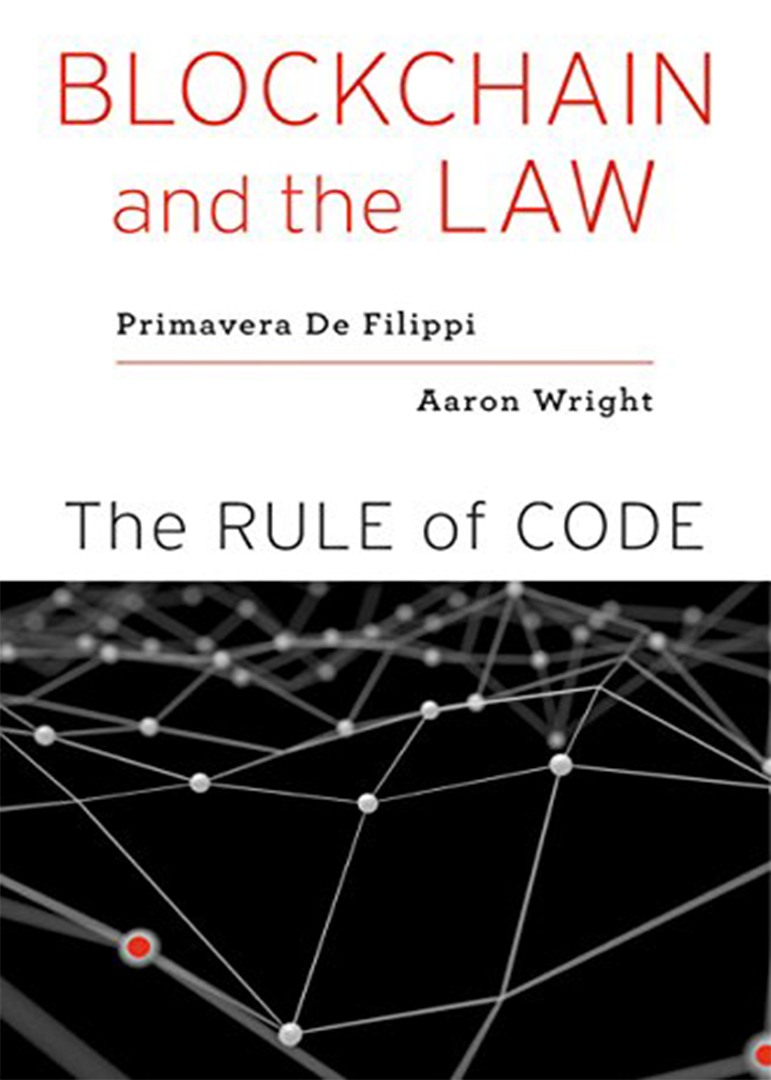Primavera De Filippi is a member of the EU Blockchain Observatory and Forum and a permanent researcher at the National Centre for Scientific Research (CNRS) in Paris. She collaborates as associate faculty with the Berkman Klein Center for Internet & Society at Harvard University and is a Visiting Fellow at the Robert Schuman Centre for Advanced Studies at the European University Institute. She is a member of the World Economic Forum’s Global Future Council on Blockchain Technologies and a co-founder of the Internet Governance Forum’s (IGF) Dynamic Coalitions on Blockchain Technology (COALA).
Her research focuses on the legal challenges posed by the development of decentralised technologies, with a particular focus on blockchain. In particular, he examines how these technologies can promote new models of governance and participation in decision-making processes, through the – governance-by-design’ approach. In 2018, he published, together with Aaron Wright, the book – Blockchain and the Law’ for Harvard University Press. In 2024 the book – Blockchain Governance’, together with Wessel Reijers, Morshed Mannan, went to press for MIT press.

Basically, the blockchain is a decentralized database supported by a computer network. This structure records individual transactions in a transparent and immutable, “append-only” format, guaranteeing the integrity and invariability of the data recorded. As its name implies, the blockchain consists of a chain of “blocks”, linked cryptographically and containing a series of transactions. Each block contains a reference to the preceding block, thereby creating an unalterable, chronological chain.
The operation of the blockchain is based on the concept of “distributed consent”. The participants in the network, called nodes, verify and validate the transactions to be entered in the blocks using algorithms of consent such as – Proof of Work – or – Proof of Stake. When a block of transactions is confirmed, it is added to the blockchain, and its content becomes accessible to all the participants in the network.
The interest in this technology derives from its ability to combine the security of the transactions with traceability, immutability and resistance to censorship, without the need of relying on intermediaries. The expectations connected with its use derive from its potential application to different types of contexts, such as decentralized finance, notarizing and recording property rights, where its use can support and improve the verification of content and reduce the costs of management associated with centralized operators.
We are facing a singular paradox at this time, because in spite of the growing awareness of its potential, the general understanding of the blockchain and its use remains limited. Universities and other educational institutions are just starting to include courses and programs of study on this technology and its social, economic and political implications. However, there are still significant differences among countries and regions in terms of access to information and utilization.


In 2018, writing about the blockchain meant concentrating on the appearance of Bitcoin and other cryptocurrencies, alternative to traditional financial systems. At the time, the use of blockchain outside of the financial sector was rather new and experimental, characterized by widespread uncertainty and skepticism.
Six years later, we can observe how the field of application of blockchain technology has grown and how the awareness of its potential has increased with use. In 2024, we no longer speak of blockchain merely as a financial innovation, but people are already exploring its possible applications with a view to modernizing many different kinds of operations in various sectors that could benefit from a higher degree of security, transparency and confidence, like the management of supply chains, and the issuance of certificates and accreditations.
Today, the blockchain is also seen as an opportunity for experimenting with new models of decentralized governance, to democratize the access to certain services (both financial and non-financial), and to explore the creation of new economic opportunities.
As I said before, the books were written in two very different historical periods and contexts. The first, “Blockchain and the Law” explored the intersection and interaction between blockchain technology and the legal system, attempting to understand the implications of the use of blockchain on the traditional concept of rights and regulations. The book examined, on the one hand, how the blockchain could be regulated and, on the other, how it could be used to create new forms of regulation through the use of so-called “smart contracts”.
The later book, however, “Blockchain Governance”, focuses on the problems and opportunities posed by blockchain technology in the field of governance, examining how the blockchain can be used, on the one hand, to create more transparent, secure and decentralized decisional processes and, on the other, attempting to shed light on the difficulties connected with governance of the blockchain itself, in view of the absence of centralized operators responsible for the management of those applications.